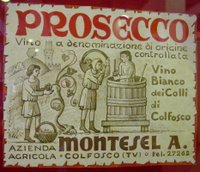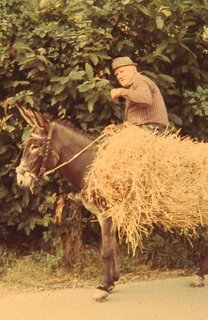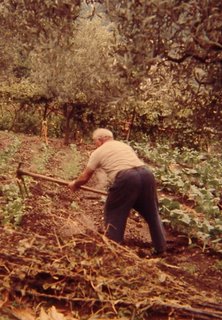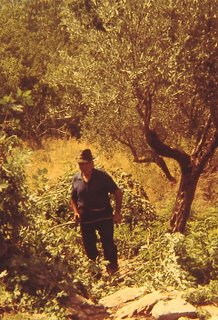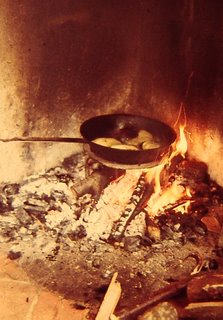
The Wines
Vintage -Winery – ‘Wine Name’ – Appellation - grape
White
1)2004 –Arcodoro (Cantina Sociale del Giogantinu) ‘Lughente’- Vermentino di Gallura D.O.C.G. - Vermentino
2)2004 -Cantina Il Nuraghe Mogoro- ‘Anastasia’ – Sardegna Semidano di Mogoro D.O.C . – Semidano grape
Red
3)1997 -Santadi -‘Terre Brune’ – Carignano del Sulcis D.O.C. – Carignane grape
4)2004 –Flli. Pala- ‘Essentija’- Bovale Isola dei Nuraghi I.G.T. – Bovale grape
5)2003 - Cantina Il Nuraghe Mogoro- ‘Vignaruja’- Cannonau di Sardegna D.O.C. – Grenache grape
6)2003 -Firriato -‘Chiaramonte’ - Sicilia I.G.T. – Nero d’ Avola grape
7)2002 –Terredora- Irpinia I.G.T. – Aglianico grape
8)2003 -Rapitala -‘Nadir’ - Sicilia I.G.T. – Syrah grape
9)2003 -Planeta -Sicilia I.G.T. – Syrah grape
Dolce
10)1994 Minardi- Passito di Pantelleria D.O.C. – Zibbibo (Moscato) grape
The Meal
-Mozzarella Pomodoro-buffalo mozzarella, flown in from Italy, with fresh tomatoes and basil
-Gnocchetti Sardi al Cinghiale- Sardinian teardrop pasta with wild boar

-Risotto al Nero con Gamberi alla Griglia- squid ink risotto with grilled prawns
-Couscous- semolina grain with fresh mediterranean vegetables
-Pescespada alla Griglia -Grilled Swordfish
-Dolce – light, fresh ricotta and pastry fantasy thing..went really well with the dessert wine.
Francesco Farris, executive chef of Arcodoro in Dallas prepared the meal.
The wines are listed above as is the food. I will comment on the wines and the foods in my fashion.
Notable to say this. One wine from the mainland slipped in, the Aglianico from Terredora. We let him stay. And two, the well know wines from Sardegna, Argiolas, Capichera, Contini and Soletta were not present. No reason, not enough time or room. So this wasn’t meant to be an all inclusive deal anyway. Sicily, too, a few well known ones are in the lineup but in no way could we even begin to cover it all. That being said, here’s what we sampled.
The first two whites were opened , the ‘Lughente’ Vermentino and the ‘Anastasia’ Semidano. Vermentino is a fairly well known grape from the region and Semidano is a “heritage” variety recently resuscitated and now back in play. The Vermentino, a private label of the Farris boys, was a refreshing, clean and very straightforward wine, very nice. The Cantina Sociale of Giogantinu has made great strides in rushing towards the new millennia and the wines are showing well.  The Semidano was an interesting wine and one that I had to research after the dinner. Spritzy like an Arneis but quite a refreshing wine. A bit effervescent on the palate but bone dry.
The Semidano was an interesting wine and one that I had to research after the dinner. Spritzy like an Arneis but quite a refreshing wine. A bit effervescent on the palate but bone dry.
Sardinian white wines are, like much white from Italy, improving at light speed. Thank Bacchus!
The reds, first with an older carignane, the ‘Terre Brune’. At first the wine, because of its age, showed a little adobe color. But carignane has layers and we eventually found a few under the brick pile. Spicy and a little salty, the fruit was mature and enjoyable. Brought directly from Italy a week before, straight from Bugari’s Enoteca. Nice .
The ‘Essentija’, made of Bovale grape, thought to have been brought from Spain, was bright and lively. Some of the gents didn’t latch onto the wine at first, but its light refreshing quaffability made it a good match for the Gnochetti with wild boar sauce.
The ‘Vinayruju’ (sounds like an Indian deity) – was full throttle Cannonau (grenache) and at first opening was throwing off some carmel-like aromas. This dispelled, and like so many of these wines that are rooted in a rustic terroir, evolved and changed through the night. A deep wine, almost what I would think to be approaching the “vino da meditazione" category. Also brought directly from the enoteca by Hank.
We then stepped on the barge and went over to Sicilia, starting with a Nero d’Avola from Firriato. This is an interesting winery with a very strong-willed, charismatic woman at the helm. I’m finding this more in the wines of Sicily, strong women. Well, it makes sense, my grandmother sure was, and I’m glad for it. She had opinions and convictions and character. And things like that make for good components in a wine, especially when one is looking for the reflection of the land, some depth and above all character, in wine and in people.
Her Nero d’Avola, Chiaramonte, was rich and not too New World, alcohol was in check and wine was in balance. That was our only Nero d’Avola. Alongside Frappato, which is the grape of the important Cerasuolo di Vittoria, Nero d’Avola is a historic grape and one of interest to those who look to the region for their indigenous expression. Nero d’Avola is Sicily.
We popped on over to the Campanian countryside like a cold front settling in the valley where the Terredora winery sits. Look at a weather map of Italy in summer and you will often see it cooler in Avellino than in Trento. Locals refer to it as the Switzerland of the South. Nice…We had a basic red, their Aglianico Irpinia IGT. In the group and it showed fairly well, though it was a bit overwhelmed by the riper and extracted reds of the islands. It was a little older (2002), which wasn’t a problem vintage for the south like it was in Tuscany and Piedmont. It grew on the group through the night. Terredora is owned by the land-owning side of the Mastroberardino family, and they make, arguably, the greatest wines from their region. While the owners are pretty laid back folks and don’t beat their drums like their competitors, you can find their wines on the greatest of the great wine lists all over the world. So they may speak softly but they carry a big stick. Back to the big island, and straight in to the arms of two Syrahs,
Back to the big island, and straight in to the arms of two Syrahs, from Rapitala and Planeta. Rapitala, owned by Hugues Bernard, Count of Gatinais, France, and his wife Gigi Guarrasi, a descendant of a prominent Palermo family, really attaches itself to the Arab roots planted in Sicily. Rapitala, from the Arabic, Rabidh-Allah, meaning river of Allah, and Nadir, from the Arabic Nazir, meaning deep, rare, precious. The wine has a restrained holding back side to it, revealing itself layer by layer, like a slow dance. Very European.
from Rapitala and Planeta. Rapitala, owned by Hugues Bernard, Count of Gatinais, France, and his wife Gigi Guarrasi, a descendant of a prominent Palermo family, really attaches itself to the Arab roots planted in Sicily. Rapitala, from the Arabic, Rabidh-Allah, meaning river of Allah, and Nadir, from the Arabic Nazir, meaning deep, rare, precious. The wine has a restrained holding back side to it, revealing itself layer by layer, like a slow dance. Very European.  The Planeta family is high energy from the get go! These folks are seeing through a set of eyes, the eyes of visionary Diego Planeta, who must have felt very alone when he first saw where he was going and where he was taking his family. And now Planeta the winery, with the young sons and daughters at the helm, sits on a plateau looking forward and
The Planeta family is high energy from the get go! These folks are seeing through a set of eyes, the eyes of visionary Diego Planeta, who must have felt very alone when he first saw where he was going and where he was taking his family. And now Planeta the winery, with the young sons and daughters at the helm, sits on a plateau looking forward and hearing the chant of the legacy given by the blood and sweat of many who went before them. Very exciting to see, one who has been watching Sicily from afar for almost 40 years now. The wine was rich and full-bodied; all the gents really seemed to like this wine.
hearing the chant of the legacy given by the blood and sweat of many who went before them. Very exciting to see, one who has been watching Sicily from afar for almost 40 years now. The wine was rich and full-bodied; all the gents really seemed to like this wine.
But how can one not like a Cucinotta ?
For a finale we took a small plane to Pantelleria and sampled the Zibbibo passito from a small family, Minardi. These are not Parker-chasing people;  probably don’t even know who that is. Straightforward and honest people, Andrea Minardi and his family are great friends. Pantelleria is a favorite stop of mine, and I’d live their part of the year if I could. I love the island and the people, and opening a bottle of wine like this instantly transports me there. The wine is the embodiment of terroir; this wine smells like the island, tastes like the island, looks like the island, feels like the island. Really a bizarre and wonderful experience to have this happen.
probably don’t even know who that is. Straightforward and honest people, Andrea Minardi and his family are great friends. Pantelleria is a favorite stop of mine, and I’d live their part of the year if I could. I love the island and the people, and opening a bottle of wine like this instantly transports me there. The wine is the embodiment of terroir; this wine smells like the island, tastes like the island, looks like the island, feels like the island. Really a bizarre and wonderful experience to have this happen.
This has gotten too wordy and so I must stop now. I will suggest links, wineries and websites and photo links.
One last note. The Enoteca Bugari, in San Benedetto del Tronto in Porto d' Ascoli, if you ever get a chance to go there, is a wonderful place in time that is really a shrine to some of the forgotten wines of Italy. Started by a man who has been acknowledged as a seminal figure in the understanding and 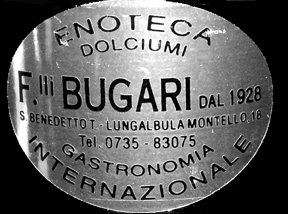 communicating of wine Italian, Signore Bugari. A friend and mentor of mine took me to see him 20+ years ago, for this was his mentor. This man was friend to Veronelli and Tachis, and more so to the lonely vine grower, toiling in the wine fields on land far from the sight of society and industry. Here was an ambassador who brought back word and wine from these outposts to tell the Italians and the world about the riches in the fields. By all means it is not a great address, and if you go you might think me crazy for wasting your time, but I can tell you this is an oasis in time and space, and that is important to people like me.
communicating of wine Italian, Signore Bugari. A friend and mentor of mine took me to see him 20+ years ago, for this was his mentor. This man was friend to Veronelli and Tachis, and more so to the lonely vine grower, toiling in the wine fields on land far from the sight of society and industry. Here was an ambassador who brought back word and wine from these outposts to tell the Italians and the world about the riches in the fields. By all means it is not a great address, and if you go you might think me crazy for wasting your time, but I can tell you this is an oasis in time and space, and that is important to people like me. Ciao ciao
Ciao ciao
Links
Cantina Sociale del Giogantinu
Cantina Il Nuraghe Mogoro
Santadi
Flli. Pala
Firriato
Terredora
Rapitala
Planeta
Minardi
Arcodoro the restaurant
about the chef, Francesco Farris
Photos of Pantelleria
Photos of Sicilia and wineries
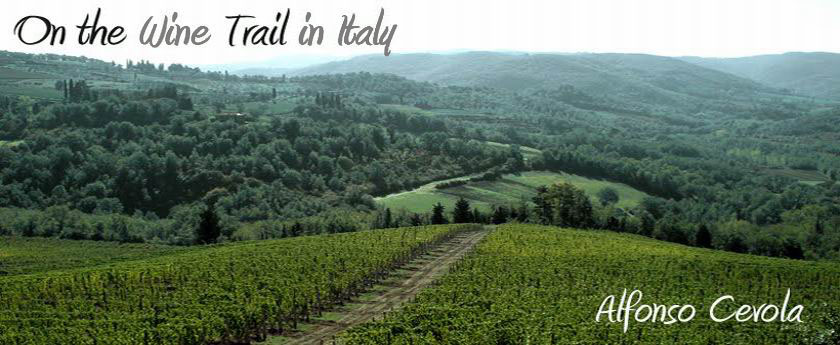








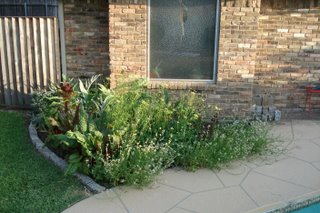






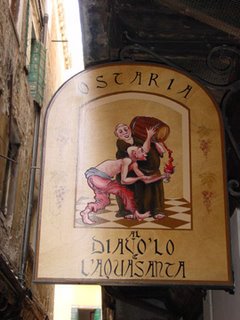


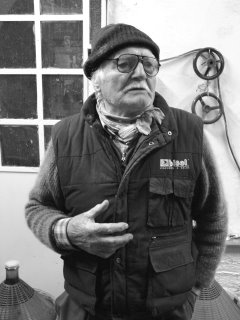

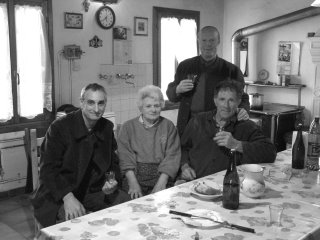
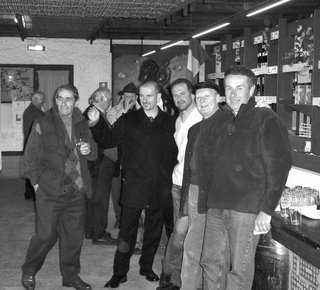


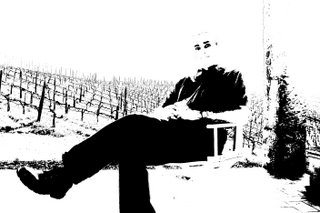
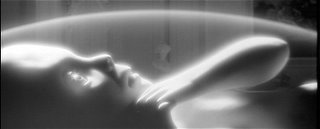
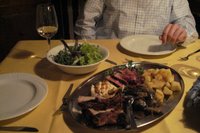
 RESTAURANT IN MAINE
RESTAURANT IN MAINE